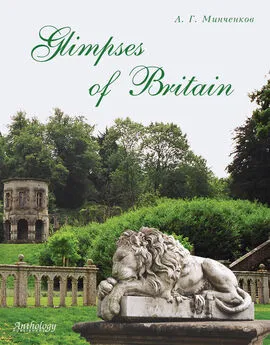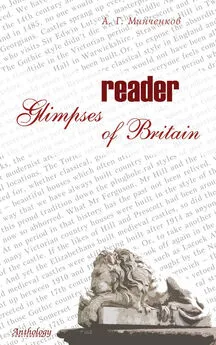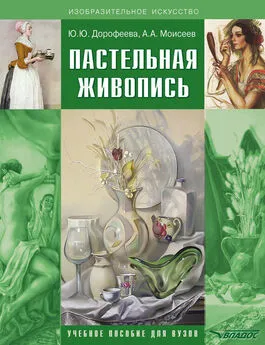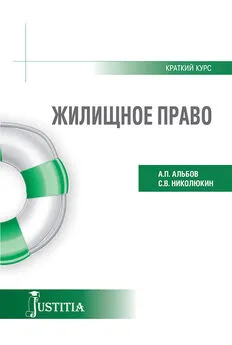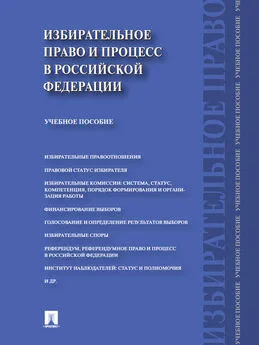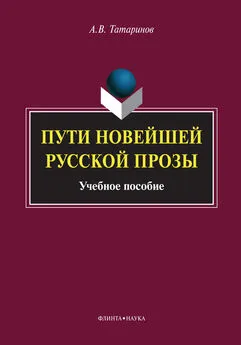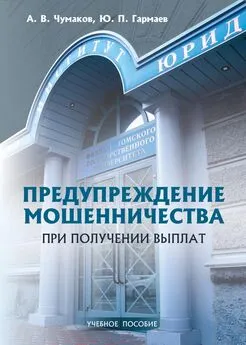Алексей Минченков - Glimpses of Britain. Учебное пособие
- Название:Glimpses of Britain. Учебное пособие
- Автор:
- Жанр:
- Издательство:Array Литагент «Антология»
- Год:2006
- Город:Санкт-Петербург
- ISBN:5-94962-114-X
- Рейтинг:
- Избранное:Добавить в избранное
-
Отзывы:
-
Ваша оценка:
Алексей Минченков - Glimpses of Britain. Учебное пособие краткое содержание
Пособие предназначено для студентов и школьников, занимающихся страноведением Великобритании, преподавателей, переводчиков и всех, кто интересуется историей, культурой и современной жизнью этой страны.
Glimpses of Britain. Учебное пособие - читать онлайн бесплатно ознакомительный отрывок
Интервал:
Закладка:
Half a century later that experience was to be very different. Although the stained glass might still remain, the interior was virtually stripped bare, every painted or sculpted image either painted over, taken away or defaced, the walls whitewashed and adorned only with biblical texts. Over the screen there was the Royal Arms instead of the cross. Within the chancel the stone altar and pyx had gone. Instead there was a wooden table, used only sometimes when Holy Communion, which had come to replace the mass, took place. The priest was no longer attired with vestments, but a surplice. On most Sunday the service would have been one of morning prayer, said in English, and in which the congregation took part. The main focus was no longer the chancel, but the pulpit from which the sermon was delivered. A Christianity which had appealed to the eye had been replaced by one whose prime organ was the ear and whose aim was to hear and receive the word of God.
The short reign of Mary I (1553–1558), nicknamed the Bloody because of her persecution of Protestants, was a reversion to Catholicism. The queen married Philip II of Spain, the leader of the Catholic camp in Europe, a move that alienated most of the members of Parliament and provoked a rebellion in Kent. She had Parliament repeal all the Protestant acts of the previous reign, restoring religion to where it had been in 1547, and England was formally reconciled to Rome. Worse, she revived the heresy laws and brought back allegiance to the pope. As a result, about 300 people were burnt at the stake for their beliefs, including, in 1556, Thomas Cranmer. This had a strong effect on popular imagination and reinforced attitudes which were to dominate the English mind for centuries in which the Protestant faith and independence of a foreign power were firmly linked. Mary further alienated the people by trying, and, tellingly, failing, to change land ownership: the attempt met with huge opposition. The final catastrophe was the unpopular war with France. It was a complete failure and Calais, England’s last outpost on the mainland, fell to the French (1558). Thus, when Mary died a Protestant settlement was seen as the only possibility that could offer security. Her persecution of Protestants and alliance with Spain and Rome helped create the myth of England as the New Jerusalem. The accession of a new queen whose Protestant sympathies were well-known was seen as an act of divine deliverance.
 Several important developments that took place in late medieval England had their effect on domestic building. First of all, the revolution in the English Church meant that a lot of church property including the monastic buildings came into the hands of landowners and the Crown. The landowners among whom were yeomen farmers were further enriched by rents and wool sales resulting from the arrival of sheep farming and the decline of serfdom. Another important factor was the arrival of new building materials: bricks and glass. By the 1520s English brick making was already well developed. Last but not least, the Italian Renaissance had its influence on Tudor England. Italy was the ultimate source of the new style, but it increasingly arrived in England via France and the Low Countries, more so as the Reformation soon drove a wedge between Italy and England. Truly Renaissance architecture came only a century later. In Tudor England there was no interest in or understanding of the fundamental principles of Renaissance architecture. Whether it was a brand-new house, a converted monastery or an updated castle, there was no sign of the Renaissance ideals of proportion and a unified whole. The Tudor style, as the first English Renaissance style came to be called, prevailed during the reigns of Henry VII, Henry VIII, Edward VI and Mary I. It was the first of the transitional styles between Gothic Perpendicular and Palladian architecture, which basically took over from the Italian Renaissance the new decorative repertory, just several isolated features, such as, for example, the roundels of the Roman emperors on the facade of Hampton Court Palace. [32] The early Tudor country house, in spite of the use of antique decoration, retained its late medieval appearance, including a moat, crenellation, chimney stacks, turrets and towers.
Several important developments that took place in late medieval England had their effect on domestic building. First of all, the revolution in the English Church meant that a lot of church property including the monastic buildings came into the hands of landowners and the Crown. The landowners among whom were yeomen farmers were further enriched by rents and wool sales resulting from the arrival of sheep farming and the decline of serfdom. Another important factor was the arrival of new building materials: bricks and glass. By the 1520s English brick making was already well developed. Last but not least, the Italian Renaissance had its influence on Tudor England. Italy was the ultimate source of the new style, but it increasingly arrived in England via France and the Low Countries, more so as the Reformation soon drove a wedge between Italy and England. Truly Renaissance architecture came only a century later. In Tudor England there was no interest in or understanding of the fundamental principles of Renaissance architecture. Whether it was a brand-new house, a converted monastery or an updated castle, there was no sign of the Renaissance ideals of proportion and a unified whole. The Tudor style, as the first English Renaissance style came to be called, prevailed during the reigns of Henry VII, Henry VIII, Edward VI and Mary I. It was the first of the transitional styles between Gothic Perpendicular and Palladian architecture, which basically took over from the Italian Renaissance the new decorative repertory, just several isolated features, such as, for example, the roundels of the Roman emperors on the facade of Hampton Court Palace. [32] The early Tudor country house, in spite of the use of antique decoration, retained its late medieval appearance, including a moat, crenellation, chimney stacks, turrets and towers.
In England the appearance of the new style in domestic architecture occurred within the orbit of the court. The tone was set by the monarch, first and foremost by Henry VIII. A great transformation occurred in the 1530s and 1540s, carried through on the vast wealth confiscated from the Church. In 1509 Henry VIII had inherited 13 palaces and houses; when he died in 1547 he left 56 residences densely concentrated in the south-east. The most important of these residences were Hampton Court, Whitehall, Nonsuch, Richmond Palace and Greenwich Palace. Ј62,000 (about Ј18 million in today’s money) was spent on Hampton Court, Ј43,000 on Whitehall and Ј23,000 on Nonsuch. These palaces were to provide the setting for the monarchy until the Civil War; most of them have not survived: Whitehall, for example, burnt to the ground in 1698, while Nonsuch was demolished in the late 17th century. Hampton Court is undoubtedly the finest example of a well-preserved Tudor palace. It was originally built for Wolsey and later transformed for Henry VIII. [30; 31]
Hampton Court has all the typical features of what is sometimes called a Tudor courtyard house. The courtyard house is a domestication and regularization of the free-shaped medieval castle. It was at first H-shaped, but in the second half of the 16th century gradually became E-shaped. With its low four-centered archway, pepperpot corner turrets, bay or oriel windows [33] , the courtyard house was to become the model not only for Hampton Court, but also for St. James’s Palace, Eton, many colleges of Oxford and Cambridge and numerous manor houses. The rise of new trading and sheep-farming families to wealth resulted in the building of many manor houses. In these the fortified character of earlier times gave way to increased domesticity and privacy. The owners themselves were essentially the designers. Though the Great Hall still remained the focus of the building, its importance now decreased with the introduction of other rooms fitted with oak paneling. Domestic exteriors exhibited mullioned windows, four-centered arches, pinnacled gables, bay or oriel windows, and numerous chimneys of decorative form. The royal palaces would have pinnacles on which sat the inevitable royal beasts. The finest examples of Tudor manor houses are Sutton Place, Surrey and Compton Wynyates, Warwick.
Elizabeth I (1558–1603) came to throne with the nation at war, the treasury empty and the people bitterly divided on religion. The young queen thus faced a formidable task – to reach a compromise between people of different faiths, to pacify the country, to solve the financial problems of the Crown and merely to survive in a largely hostile Catholic Europe.
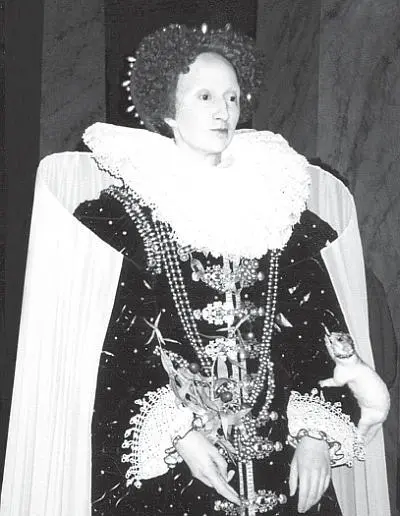
Elisabeth I
Fortunately, by the time of her accession Elizabeth was already an accomplished political leader, a great actress on the political stage who knew how to win popular support, she had keen political acumen and, most importantly, a genius for choosing the right people to work with. As a consequence, there gradually emerged a tightly-knit group of educated and highly intelligent officials who gave the kingdom a sustained stability. Elizabeth’s Principal Secretary and chief counsellor was William Cecil, who was later to become also her Lord Treasurer. It was a great partnership which lasted 40 years and whose main purpose was no longer revolution but consolidation, to bring peace to the country by building on the foundations laid by Henry VIII in the 1530s. Cecil’s brother-in-law Nicholas Bacon was Lord Chancellor and Francis Walsingham, officially a secretary of state to the queen, was in effect the head of Elizabethan intelligence service.
What Elizabeth and her government eventually managed to achieve in matters of religion is often referred to as Elizabethan religious settlement. The queen, who was not particularly religious herself, wanted to return to how things stood shortly after Henry VIII’s death. But her first Parliament wanted a more radical form of Protestantism, so did the people she wanted to work with. At her accession England was still Catholic. What became the Anglican Church slowly emerged as the reign progressed. It was shaped by political events as a cross between Catholic and what was called Puritan. The Puritans wanted the abolition of the bishops and any trace of ritual reminiscent of Rome. The Puritan doctrine modeled on Calvinism and the Church of Geneva with its democratic republicanism didn’t appeal to the queen, who thought and acted on her successor’s principle ‘No bishop, no king’.
William Cecil’s family originated in Herefordshire. Both his father and grandfather were able lawyers and found employment at Court under Henry VIII and Edward VI. William, born in 1520, gave support to Elizabeth during the repressive reign of her sister. When she came to the throne the Cecils already owned estates at Burghley and Wothorpe. In 1571 Sir William Cecil was created Lord Burghley, and grants of land and Crown offices continued throughout his long life. A measure of his importance is a magnificent palace near Stamford, Lincolnshire, called Burghley House. The House was completed in the reign of Elizabeth and became the centre of a dynasty. [36; 37] William Cecil’s elder son Thomas was created Earl of Exeter in 1605 and the 10th Earl became the 1st Marquess in 1801. The descendants of the 1st Earl have occupied Burghley House ever since the 17th century. William Cecil’s second son, Robert, was created Earl of Salisbury and his descendants were also elevated to the title of a marquess. This branch of the family owns Hatfield House near London. [48]
In 1559 Elizabeth’s first Parliament passed the Act of Supremacy, which abolished papal allegiance and recognized the queen as Supreme Governor of the Church of England. She wanted to return to the moderate and largely Catholic Prayer Book of 1549, but was forced to allow the restoration of the more radical version of 1552, although some of the more extreme attitudes were eliminated. Eventually this Prayer Book proved to be a golden mean, a chameleon that meant different things to different people. Parliament also passed the Act of Uniformity and in 1562 Cranmer’s 42 Articles of Faith were modified to 39 and adopted by the clergy. In 1571 these Articles were imposed by Parliament as the doctrine of the Anglican Church. With certain revisions, they have remained the basic doctrines of faith of the Established Church of England till the present day.
Конец ознакомительного фрагмента.
Текст предоставлен ООО «ЛитРес».
Прочитайте эту книгу целиком, купив полную легальную версию на ЛитРес.
Безопасно оплатить книгу можно банковской картой Visa, MasterCard, Maestro, со счета мобильного телефона, с платежного терминала, в салоне МТС или Связной, через PayPal, WebMoney, Яндекс.Деньги, QIWI Кошелек, бонусными картами или другим удобным Вам способом.
Интервал:
Закладка:
